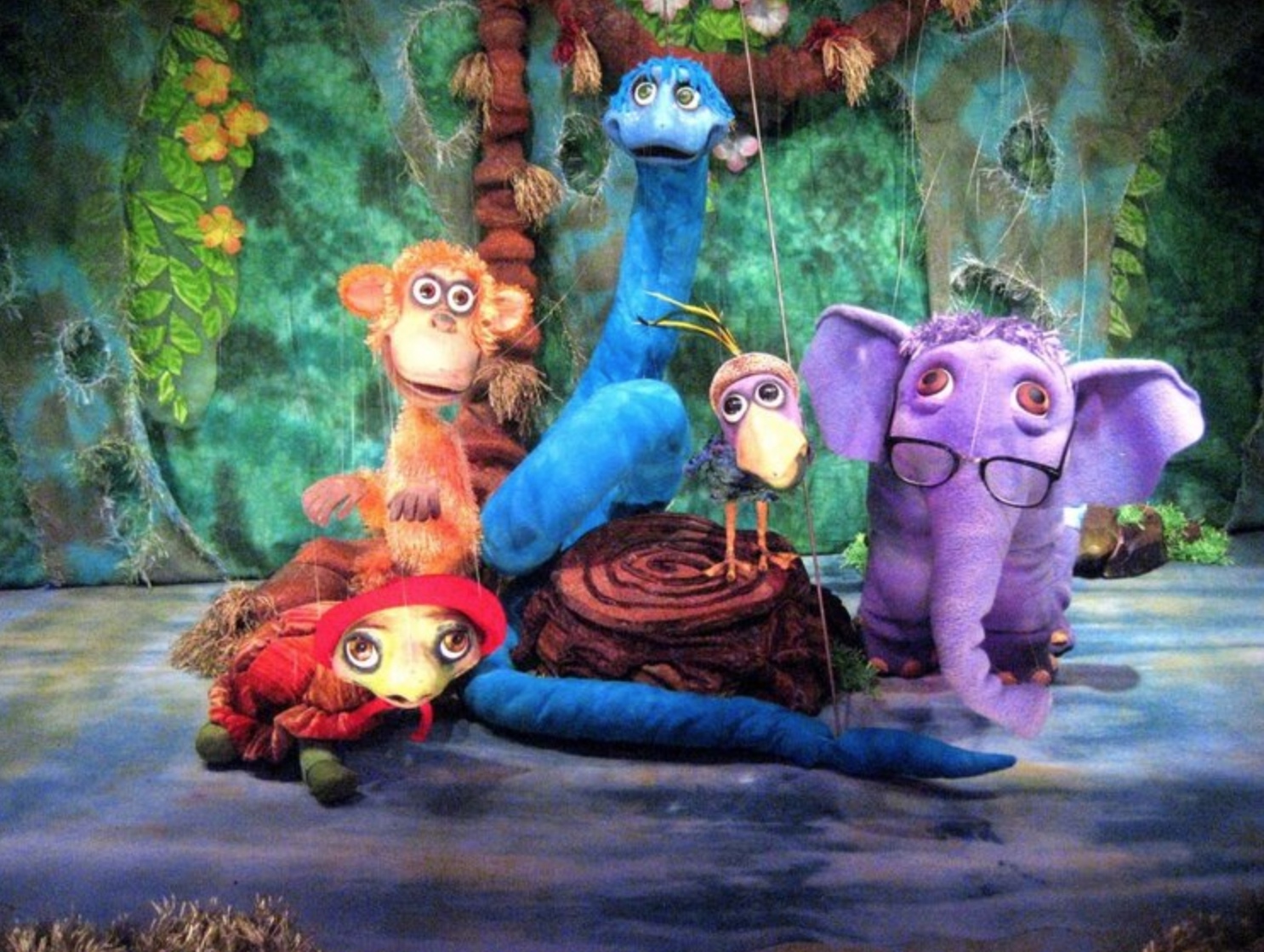Bringing the Magic of PuppetART to New Audiences
Gallery

PuppetART was established in 1998, as a repertoire resident puppet theater to serve families in the Detroit community. In its Detroit location, which was behind what is currently the Shinola Hotel, PuppetART had three venues: theater, studio, and museum.
Igor Gozman, founder and creative director of PuppetART, who came to Detroit from Russia in 1990, states, “Our goal [was] to promote the art and cultural traditions of the communities comprising greater Detroit communities through puppet performances, museum exhibits, and puppetry education as support for curriculum and professional puppetry.”
Gozman describes that PuppetART consisted of regular performances for families from all over the Detroit area. PuppetART held performances, held workshops, and managed a puppet museum with puppets from around the world from September 1998 through August 2017. The puppets are all hand-made and many have intricate moving parts, which can be moved by rods, strings, and hands.
According to Gozman, what makes PuppetART puppets so special is that “Every character is uniquely created for a particular show. PuppetART’s puppets are designed and built in the European and Russian traditions of puppet-making, which is a very sophisticated level of craftsmanship, designed true to the art and cultural traditions of the story’s origin.” Gozman also notes that the puppets were made by Principal Designer, Irina Baranovskaya, who performed for almost 30 years and is recognized as a founding member of PuppetART.
Gozman explains there are three phases for making the puppets. First, there must be a decision as to what kind of puppet would be best to tell the story (marionette, rod, shadow, hand). Next, the puppet is designed in the most expressive way for the character. Lastly, the puppet is made using durable material that is suitable for performing.
Gozman adds that several steps are involved in preparing for a performance. “Create material, such as parts, puppets, scenery, props, etc. Rehearse, rehearse, rehearse. Then, perform, perform, perform!” Performers at PuppetART learned to operate the puppets by getting trained and participating in rehearsal numerous times a week.
In 2011, Aaron Timlin was invited by a friend to fill in as a backstage extra for a puppet performance. Eventually, Timlin became involved as a puppeteer in one of their major productions called, “Snow Queen,” performed in Detroit’s Music Hall. Timlin has been involved with PuppetART ever since.
In 2017, after PuppetART was forced to leave its long-time home in Detroit when the building owner wanted to develop the property into a restaurant and bar, it moved to Southfield and mostly did performances for local schools. PuppetART offered special art-in-education tours to schools and field trips to the theater to promote local puppeteers every April, known as Puppetry Month, featuring all local performing puppeteers. Gozman claims that since its founding, public performances, tours, and field trips have brought puppetry to almost 200,000 people in the metro Detroit area.
When the pandemic hit and performances had to be suspended, PuppetART could no longer retain many of its puppeteers, and the puppets were put in storage. Recently, Timlin has been working with the board of directors with the goal of keeping PuppetART alive. Among his plans is to bring PuppetART back to Detroit as part of a PuppetART museum on the top floor of Detroit Contemporary, his gallery in Midtown Detroit.
In the meantime, Timlin shares that PuppetART now has an opportunity to put on performances at the Elk Rapids Cinema. Timlin is excited to bring puppet performances to audiences that have never seen them before.
Among the new programs that Timlin envisions creating at the Elk Rapids Cinema include what he calls “PuppetTV,” which will consist of puppets engaging with online gaming and funny interviews with celebrities. Among his ideas for PuppetTV is incorporating popular video games, such as Minecraft, to spark interest in younger generations.
Part of PuppetTV will be a program called “The HIP Show,” an acronym for, Human Intelligent Planet. “It will be a Children’s Morning Show that reports everything good happening around the world,” Timlin says.
“My favorite aspect of PuppetART is being involved in creating magic for young children and expanding their imagination. I believe that if young people were exposed to the arts more, they would have an outlet for their frustrations and confusion of the world,” Timlin says.
According to Timlin, one way a person can get involved with puppetry is simply by researching opportunities on the internet. Otherwise, Timlin suggests making your own opportunities by involving yourself and networking in the puppetry community, creating your own theater company or show, or posting videos of your puppetry skills to your social media pages. “I believe anything can be accomplished if you put your mind to it and, more importantly, into action,” Timlin says.
Aaron Timlin currently serves as the Interim Director of PuppetART and as President of the Chalfonte Foundation. Prior to these roles, Timlin held executive positions at the Contemporary Art Institute of Detroit and the Detroit Artists Market and established Detroit Contemporary as its founder and curator. He is a graduate of the arts management program at the Kennedy Center and completed New Detroit’s two-year nonprofit capacity-building program. Timlin has also been an active member of various public and private organizations, including the Ferndale Arts and Culture Commission and the Forum for Contemporary Art at the Detroit Institute of Arts.
Timlin recommends checking out their website for more information about PuppetART: puppetart.org. Additional updates can be found on Instagram and Facebook @puppetartdetroit
